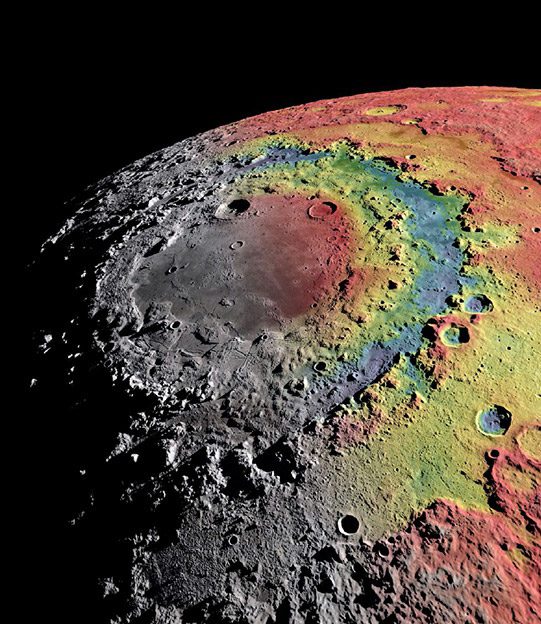Throughout its geologic history, our solar system, including Earth, has been subjected to an intense barrage of asteroids and comets. This phenomenon, known as the Late Heavy Bombardment, was especially pronounced in the solar system’s early years, with impact rates far exceeding those of the present day. However, Earth’s record of these early cosmic events is mostly lost, obscured by younger volcanic activity and natural erosion processes. In contrast, the Moon’s surface, with its abundant impact craters and large basins, provides a clear testimony to the intense bombardment that Earth likely experienced.
A major contribution of the Apollo missions was the ability to accurately date these lunar impact events using radioactive dating techniques on lunar samples. These studies have revealed that significant lunar impacts occurred between 4.1 and 3.8 billion years BCE, a period surprisingly recent considering the formation of major planets around 4.5 billion years ago. This finding led scientists to propose that both the Moon and Earth underwent an intense period of impact-cratering several hundred million years after their formation.
The role of Jupiter, the solar system’s largest planet, has been a point of interest in explaining this phenomenon. Jupiter’s massive gravitational influence on other planets, asteroids, and comets is undeniable. Planetary scientists have theorized that gradual orbital changes in Jupiter and other giant planets in the early solar system might have caused periodic “resonances” among the planets. This was particularly evident when Jupiter and Saturn were in specific alignments. These resonances could have distributed gravitational energy across the early solar system, destabilizing the orbits of smaller bodies and potentially diverting many into the inner solar system. If this hypothesis is correct, it suggests that the resulting cataclysm had a significant impact on terrestrial planets, profoundly influencing the development and stability of life on Earth.

